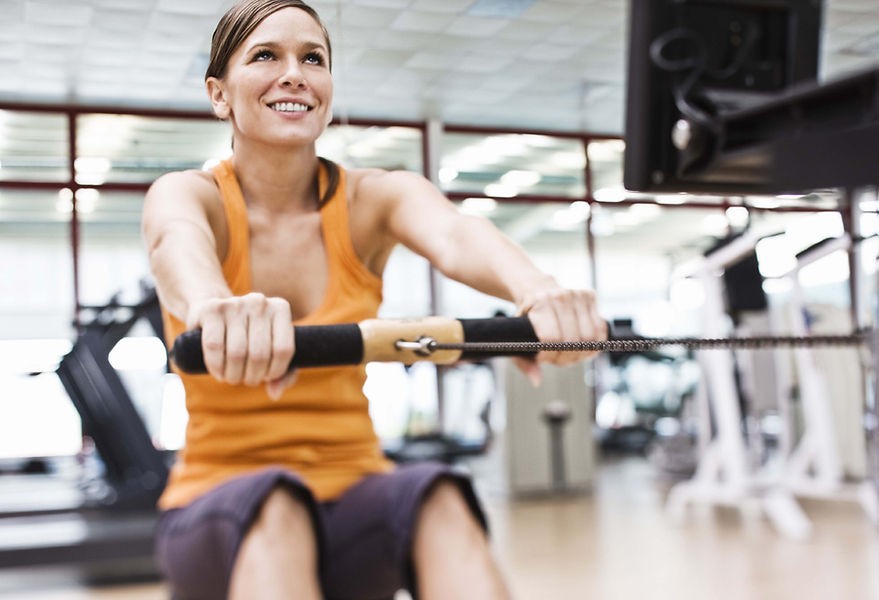
PHYSICAL ACTIVITY AND MOOD

PHYSICAL ACTIVITY
Engaging in physical activity helps alleviate depression and get your mind off a bad day. It is important to keep your mind and body strengthened. A study conducted on individuals from various age groups and background concluded there is a positive correlation between physical activity and mood. A minimum of 10 minutes per week of physical activity, compared to no physical activity, makes a difference in a person's happiness level.
DEPRESSION AND ANXIETY
PHYSICAL ACTIVITY
Physical activity is defined as bodily movement that uses energy. Physical activity includes but is not limited to walking, playing basketball, swimming, and bicycling. Staying active during the pandemic is challenging, but possible. According to the Center for Disease Control and Prevention, it is safe to get outside and go for a run or take a bike ride while socially distancing with neighbors. Physically activity is not always complex. Simply doing push ups or jumping jacks on commercial breaks will help keep your body moving and your heart healthy.
EFFECT OF PHYSICAL ACTIVITY
-
Increases serotonin
-
Provides a sense of accomplishment
-
Response to stress is mediated by physical activity
-
Less likely to panic due to increased heart rate in response to exercise.
-
Releases endorphins
-
Boosts endurance
-
Helps with blood circulation in the brain to regulate response to stress
DEPRESSION AND ANXIETY
Depression is common among people between the ages of 18 to 25. Those who experience depression may deal with severe anxiety as well. Factors that contribute to depression are genetics, environment, and chronic pain. A person with depression may experience symptoms such as sadness, irritability, fatigue, worry, and rapid heartbeat. Data suggests people who are physically active are less depressed than those who are inactive.





